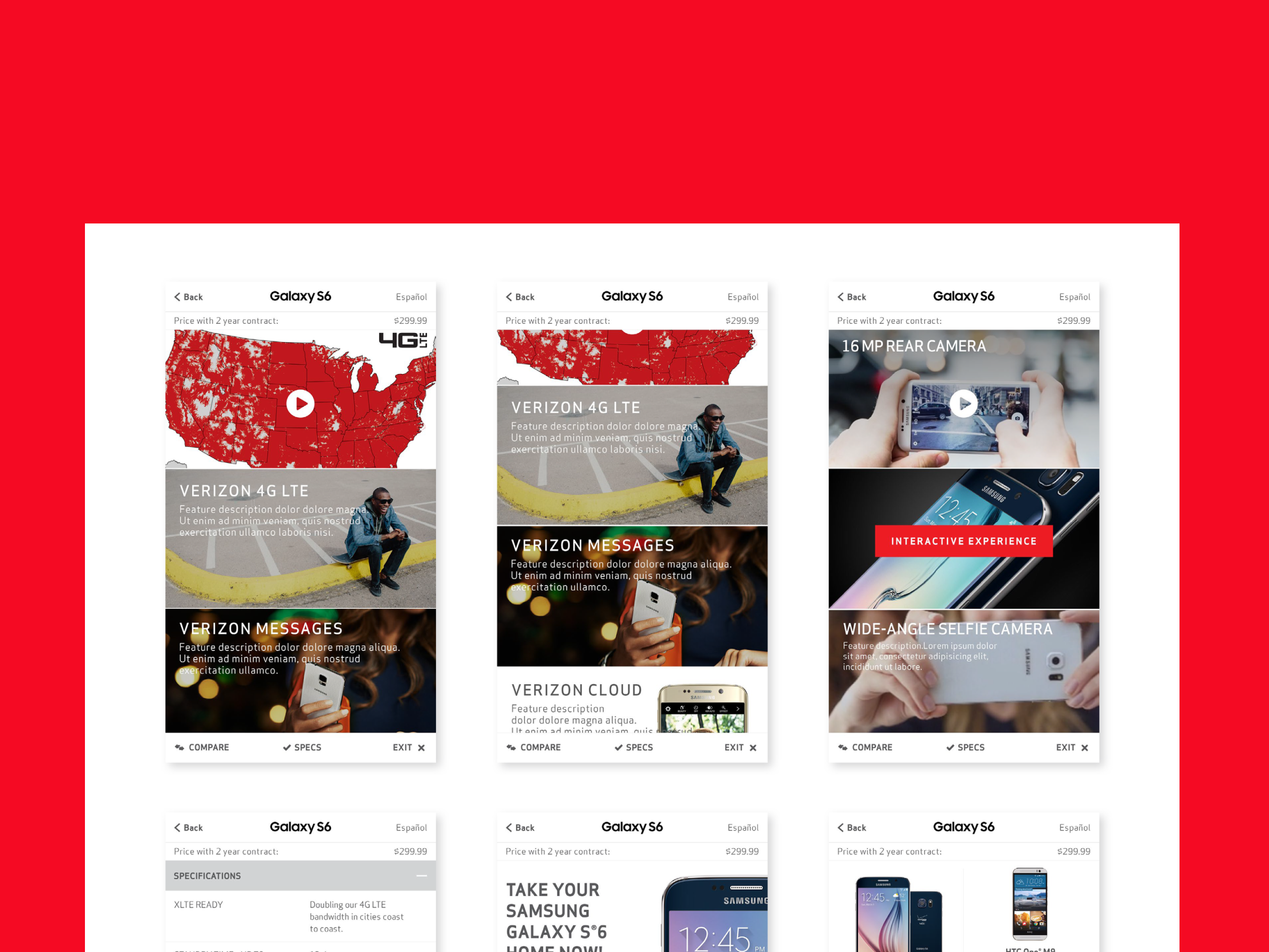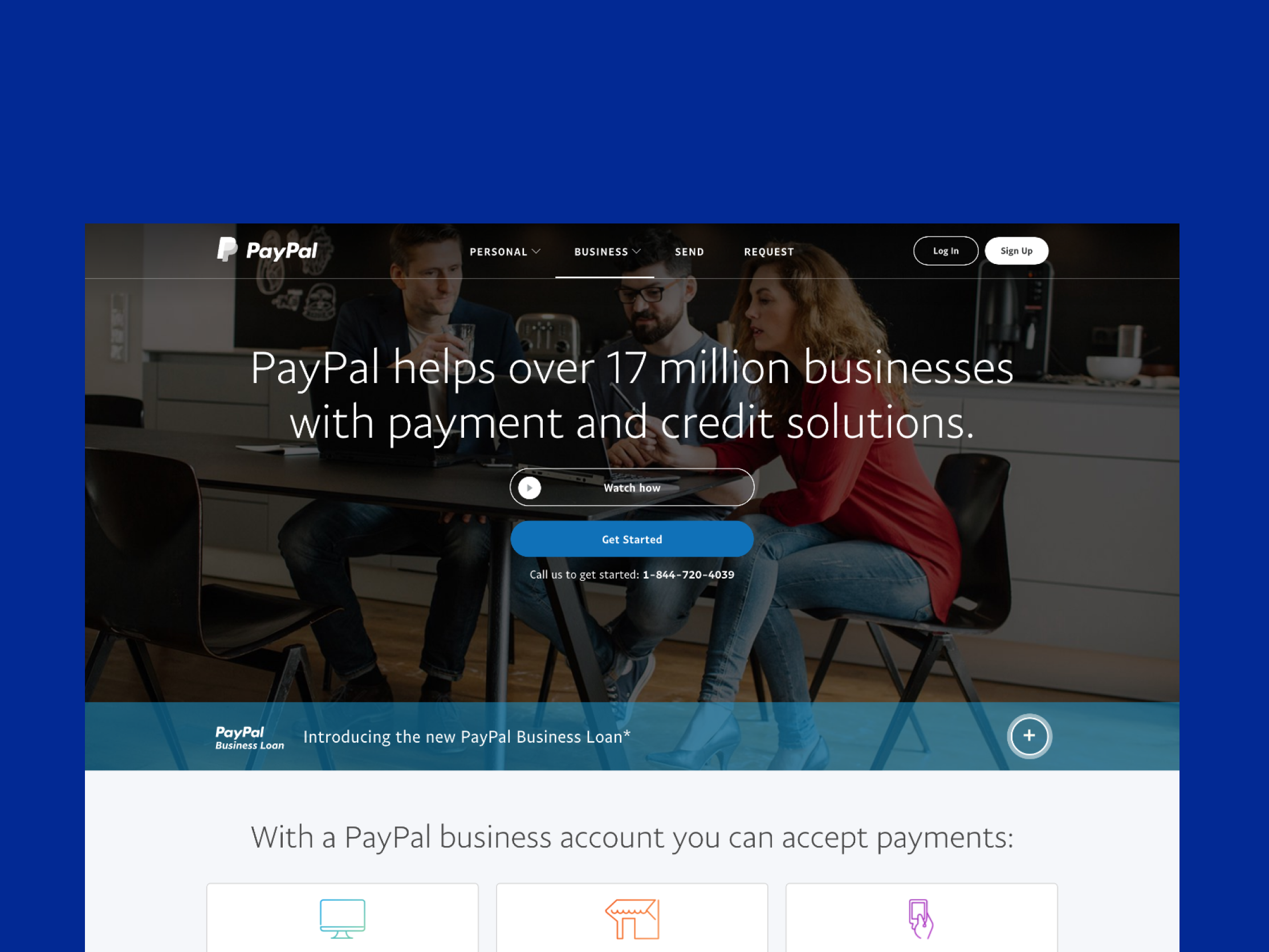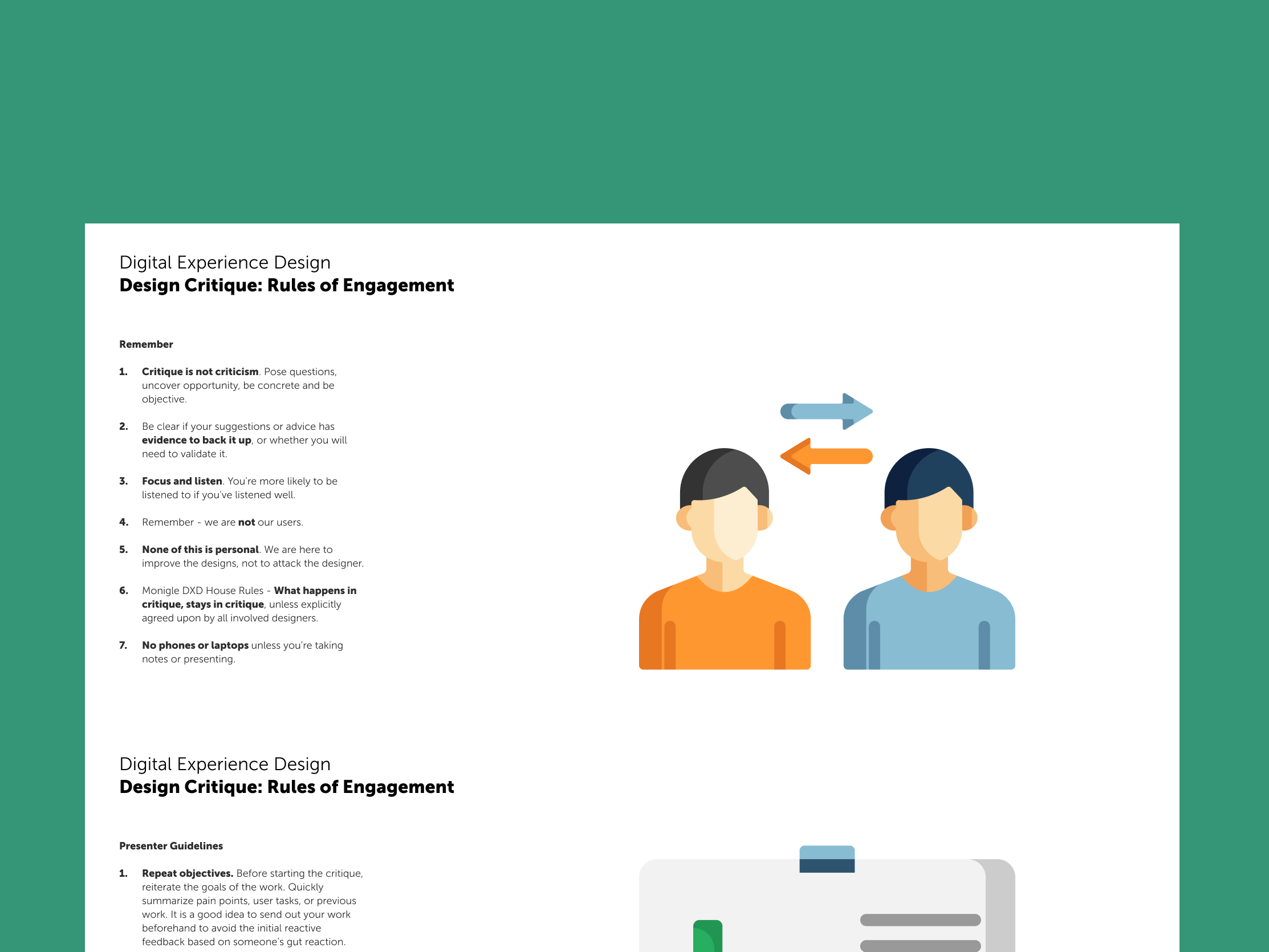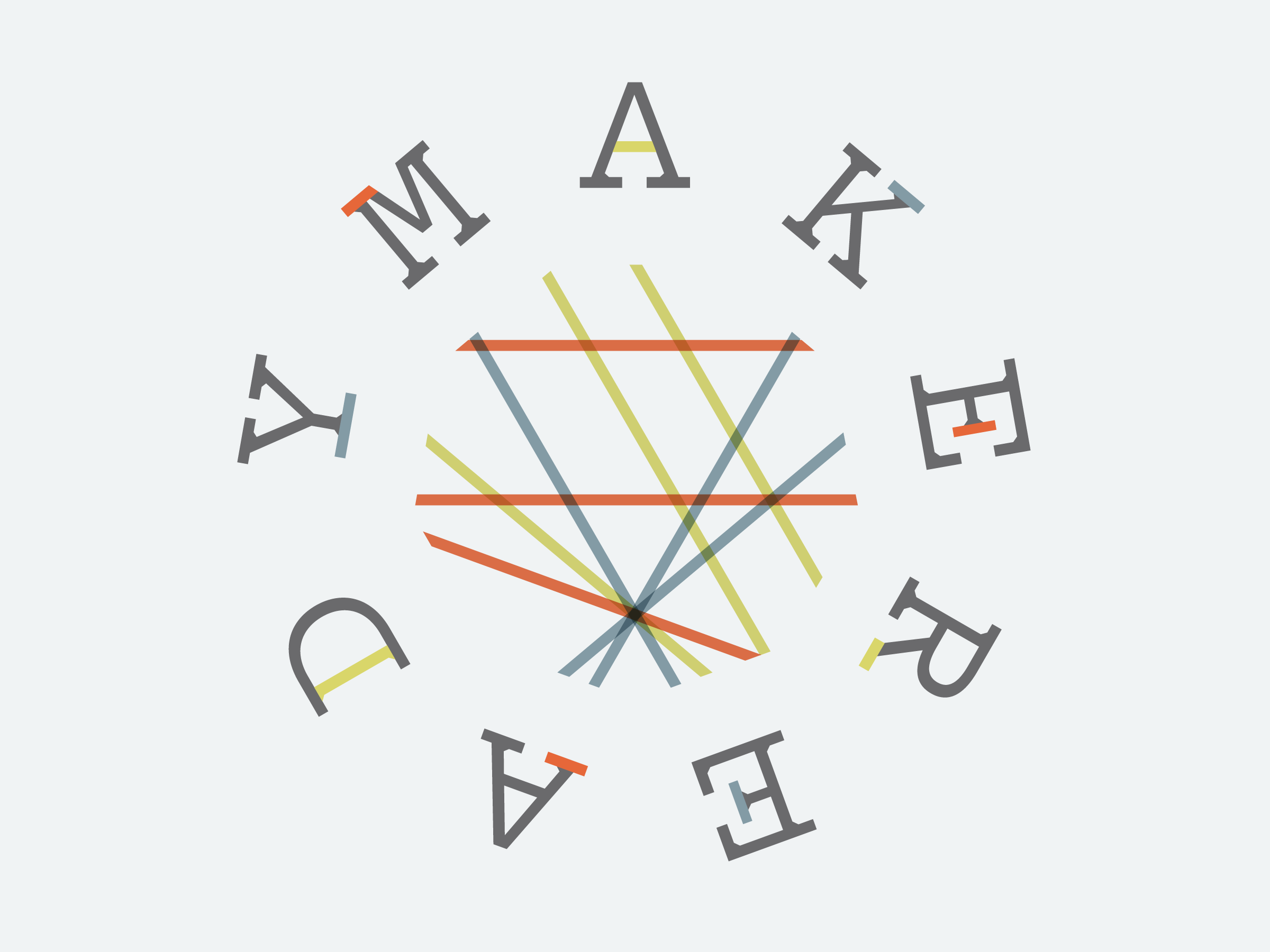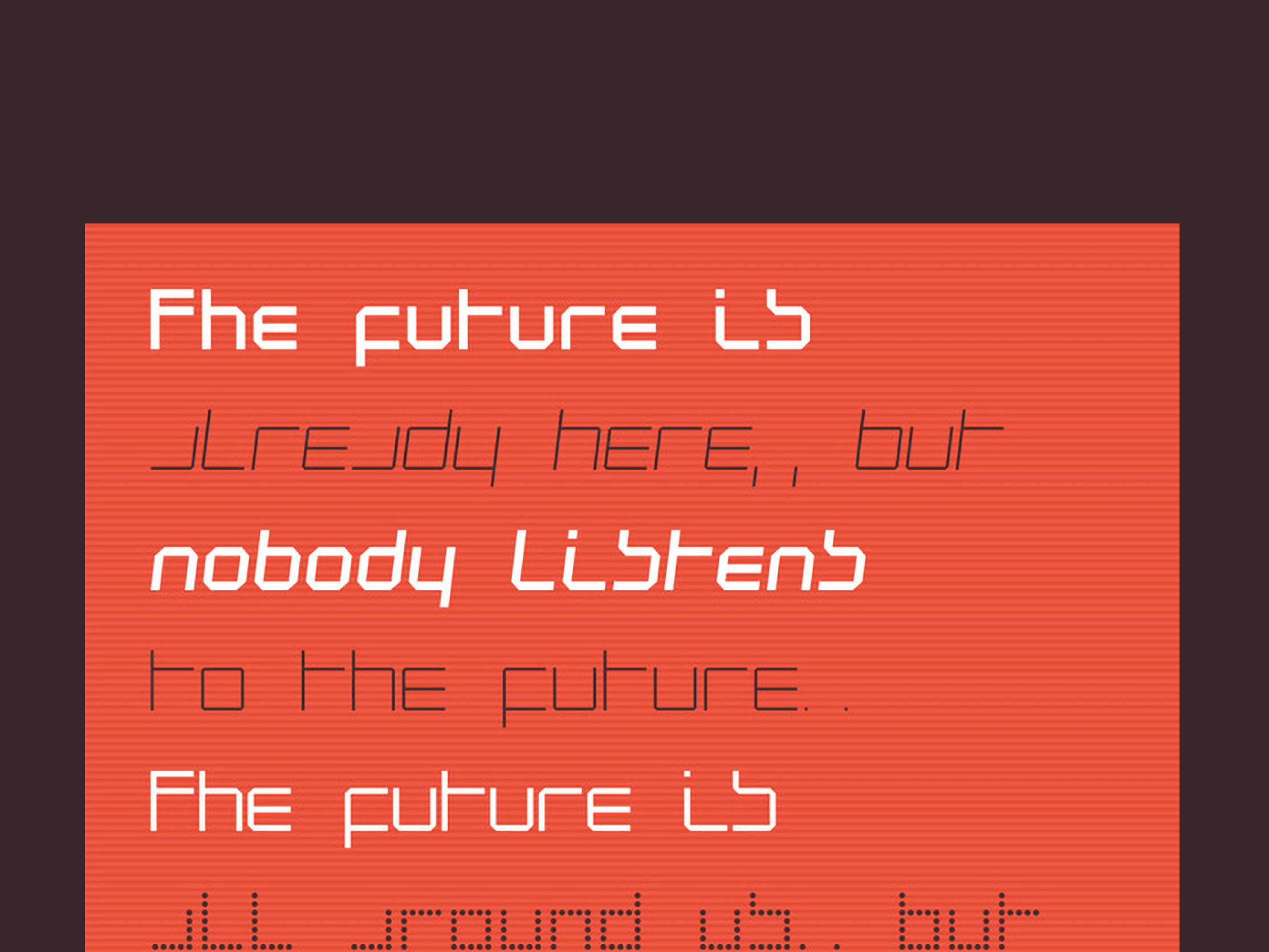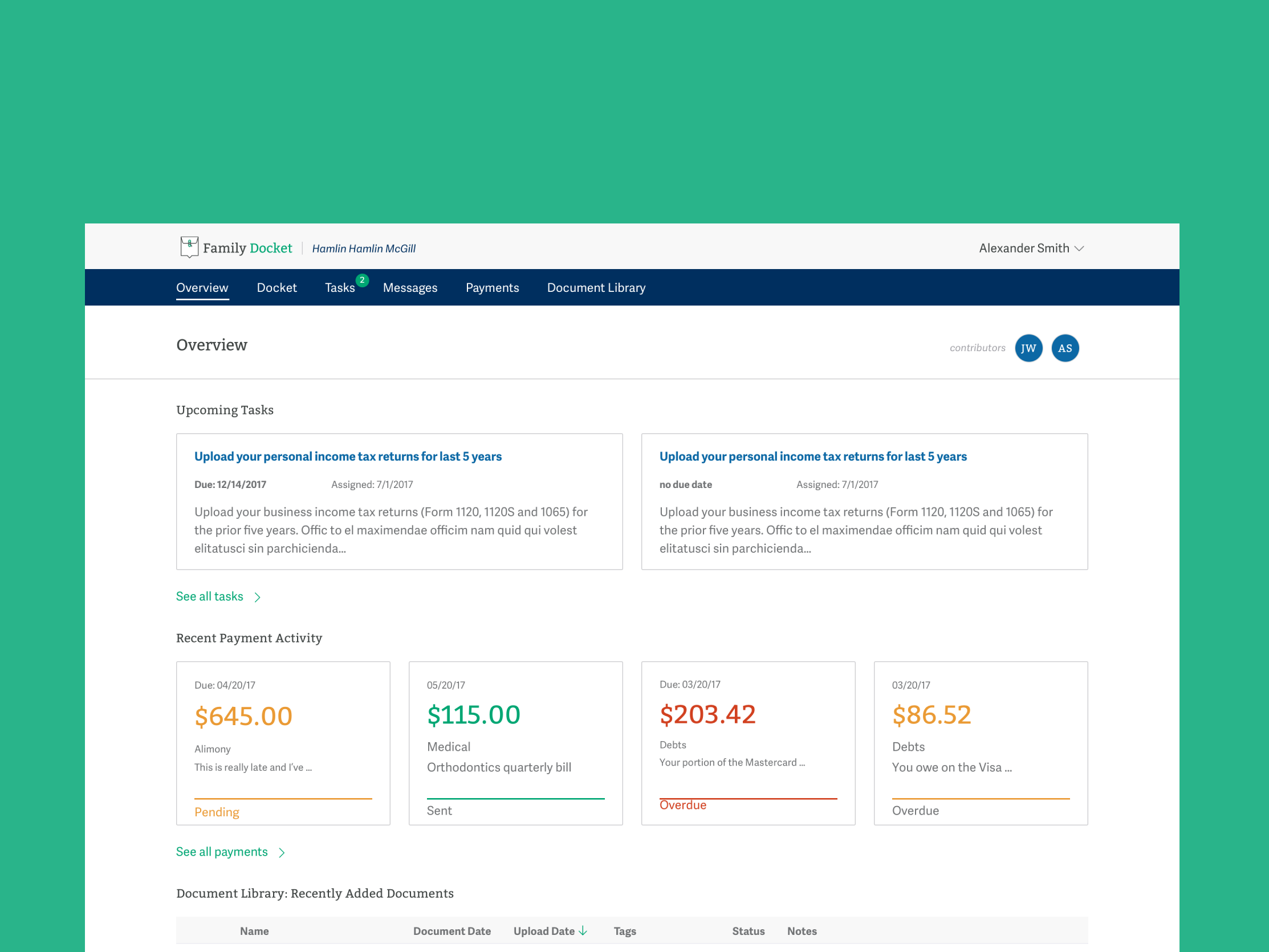When applied properly, WTW Software Design System creates application designs that are usable, efficient, responsive, and accessible. Click the image to see design principles on the live WTW Software Design System Site.
Layout provides a visual structure for components on a page. Click on the image to see layout grid details on the live WTW Software Design System site.
Color distinguishes the WTW brand and helps create consistent experiences for the user across our software products, marketing collateral and digital presence. Click the image to see colors on the live WTW Software Design System Site.
Icons are strong visual elements we can use while communicating a message. They are primarily used when creating infographics and providing visual symbols for concepts and ideas.
Elevation uses shadows to add depth to design elements and establish a visual hierarchy for the user. Click the image to see elevation on the live WTW Software Design System Site.
Checkbox is an input control that allows users to select any number of items from a set. They are used to present users with multiple options. Click the image to see selectors on the live WTW Software Design System Site.
Search enables users to input keywords into a text field to view related results. Click the image to see search on the live WTW Software Design System Site.
